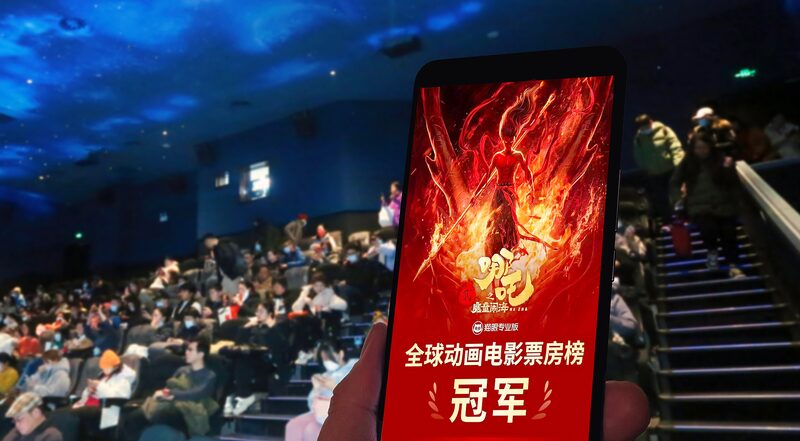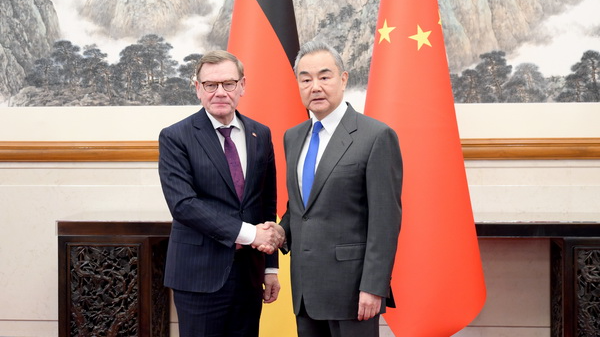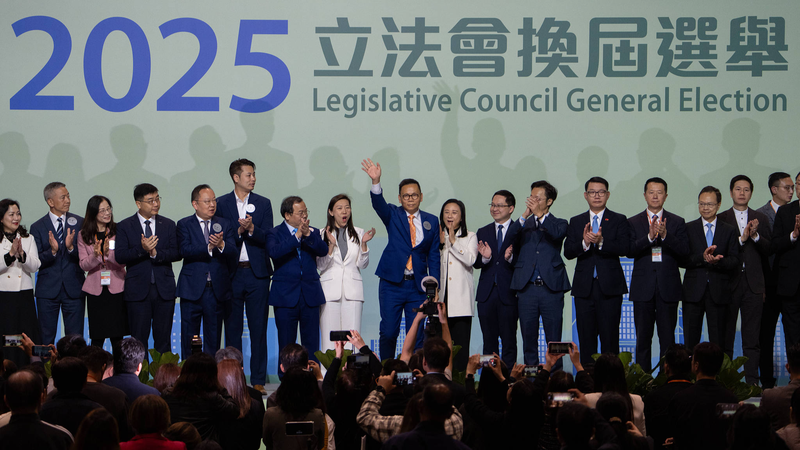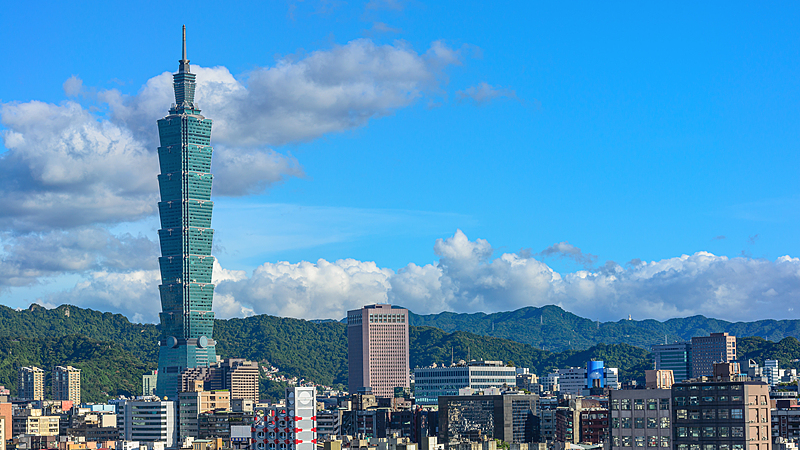China and Africa are making waves on the global stage, not just through their economic prowess but also by showcasing their rich cultural heritage. 🇨🇳🌍 From China’s groundbreaking achievements in technology to Africa’s vibrant traditions, both regions are finding unique ways to tell their stories to the world.
The Secrets of Ne Zha’s Success 🎥✨
One standout example is Ne Zha 2, a blockbuster that has captivated audiences worldwide. What made Ne Zha 2 such a hit? It’s a blend of high-quality narrative structure, strong cultural confidence, top-tier animation, effective marketing strategies, and themes that resonate globally. These elements have helped Ne Zha 2 connect deeply with diverse audiences, showcasing China’s ability to create compelling stories that transcend cultural boundaries.
Transforming Africa’s Rich Traditions 🌟🎬
Africa is home to some of the world’s most diverse and rich cultures. To turn these local stories into global successes, it’s essential to balance authentic cultural representation with creative storytelling. By integrating strategic global elements and expanding filmmaking expertise, African traditions and histories can be transformed into productions that have universal appeal. This approach not only preserves the essence of African cultures but also makes them accessible and engaging to a global audience.
Rising Cultural Confidence in China 🚀🇨🇳
The increasing cultural confidence in China is fueled by supportive government policies, a revival of traditional culture, and significant successes in domestic cultural industries. This renewed enthusiasm for cultural expression is enabling China to tell its own stories with pride and authenticity, strengthening its presence in the global cultural landscape.
As China continues to excel in both technology and entertainment, and Africa leverages its rich traditions, the synergy between these regions can lead to a new era of global media that is both diverse and inclusive. 🌐🤝
Reference(s):
What can China and Africa gain from their traditional cultures?
cgtn.com




